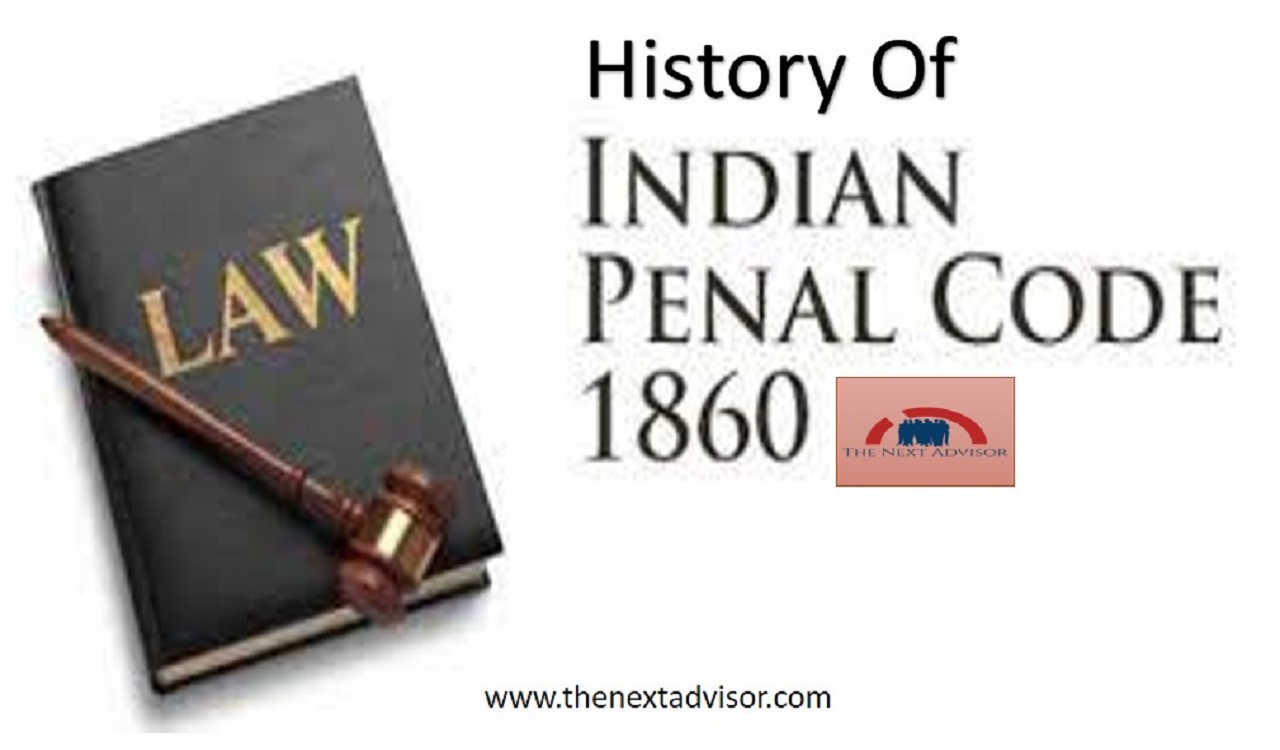History Of Indian Penal Code
The code was drafted on the recommendations of the first law commission of India established in 1834 under the Charter Act of 1833 under the chairmanship of Thomas Babington Macaulay. It came into force in British India during the early British Raj Period in 1862. There is a very brief history of the Indian Penal Code of 1860. The Penal Law of the ancient community is not the law of crimes, it is the law of wrongs. because in those days there was no such classification of wrongs, torts, and crime. And the guilty intention was not a necessary element of crime in those days. There was not much defense like punishment for the two moral varieties of wrongs.
This view of ancient penal law, though true in the case of all systems of the world is not correct in the case of ancient Hindu Criminal law. In Hindu Criminal Law punishments for crimes occupies the most prominent place, then compensations for wrongs. Although under certain circumstances the wrongdoer had to compensate the person it was generally levied in addition to or in substitution for the penalty. However, when Moghal come to India, they bring with them Mohammedan Criminal Law which is based on the soviet.
After the conquest of the country by Muslims, then Mohammedan Criminal law was introduced to our country. In India, Courts applied Mohommeden criminal law in the administration of justice. This law was based on Quran and Hafiz. And was developed through ijma. The draft of the Indian Penal Code changed into organized via way of means of the First Law Commission, chaired via way of means of Thomas Babington Macaulay in 1834, and changed into submitted to the Governor-General of India Council in 1835.
Based on a simplified codification of the regulation of England at the time, factors had been derived from the Napoleonic Code and Edward Livingston’s Louisiana Civil Code of 1825. The first very last draft of the Indian Penal Code changed into submitted to the Governor-General of India in Council in 1837, however, the draft changed once more revised. The drafting changed into finished in 1850 and the Code changed into offered to the Legislative Council in 1856, however it did now no longer take its location in the statute ee-ebook of British India till a technology later, following the Indian Rebellion of 1857.
The draft then underwent a completely cautious revision on the fingers of Barnes Peacock, who later have become the primary Chief Justice of the Calcutta High Court, and the destiny puisne judges of the Calcutta High Court, who had been individuals of the Legislative Council, and changed into exceeded into regulation on 6 October 1860.
[4] The Code got here into operation on 1 January 1862. Macaulay did now no longer live on to look the penal code he wrote come under pressure, having died close to the cease of 1859. The code got here under pressure in Jammu and Kashmir on 31 October 2019, via way of means of distinctive features of the Jammu and Kashmir Reorganisation Act, 2019, and changed the state’s Ranbir Penal Code.
[5] Objective The goal of this Act is to offer a popular penal code for India.
[6] Though now no longer the preliminary goal, the Act does repeal the penal legal guidelines which had been under pressure at the time of getting into pressure in India. This changed into completed due to the fact the Code does now no longer incorporate all of the offenses and it changed into viable that a few offenses would possibly have nonetheless been not noted of the Code, which had been now no longer supposed to be exempted from penal consequences.
Though this Code consolidates the complete of the regulation at the difficulty and is exhaustive at the topics in admire of which it broadcasts the regulation, many greater penal statutes governing diverse offenses had been created further to the code.



























